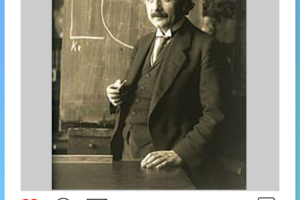
The Anatomy Lesson of Dr. Nicolaes Tulp by Rembrandt
Title: “Unveiling Mastery: The Anatomy Lesson of Dr. Nicolaes Tulp by Rembrandt”
Introduction: In the hallowed halls of the Mauritshuis museum in The Hague, the Netherlands, hangs an artistic testament to mastery and intrigue. “The Anatomy Lesson of Dr. Nicolaes Tulp,” a captivating oil painting by Rembrandt from the year 1632, has endured centuries as an iconic representation of the artist’s early brilliance. In this blog post, we delve into the layers of this masterpiece, exploring the strokes of Rembrandt’s genius that make it a celebrated work of art.
Setting the Scene: The canvas, bathed in the chiaroscuro technique characteristic of Rembrandt’s style, captures a pivotal moment in the 17th century. Dr. Nicolaes Tulp, a prominent Amsterdam physician, takes center stage as he conducts an anatomy lesson on the lifeless body of a criminal. The theatrical lighting and meticulous detailing draw the viewer into the unfolding narrative, creating a palpable sense of both reverence and scrutiny.
Symbolism and Narrative Depth: Rembrandt’s brush does more than depict a medical demonstration. The painting is a narrative canvas, with each figure and detail contributing to the story. The concentration on Dr. Tulp’s face, the engagement of his colleagues, and the array of surgical instruments on display all contribute to the immersive experience. The work not only documents a scientific procedure but elevates it to a symbolic exploration of knowledge, authority, and the human condition.
Challenges and Triumphs: “The Anatomy Lesson” stands as an early pinnacle of Rembrandt’s career. In meticulously rendering anatomy and capturing the essence of human expressions, the artist faced the challenge of balancing scientific accuracy with artistic expression. The success of this endeavor is evident in the painting’s enduring acclaim as one of Rembrandt’s masterpieces.
Legacy and Artistic Impact: Beyond its initial reception, the painting’s legacy reverberates through art history. “The Anatomy Lesson” has inspired generations of artists, influencing the representation of medical themes in art. Its nuanced portrayal of the intersection between science and art continues to captivate audiences and scholars alike.
Mauritshuis Museum: A Custodian of Artistic Gems: Situated within the Mauritshuis museum, this painting finds a fitting home among a collection of renowned artworks. The museum itself, a cultural gem in The Hague, provides a space for art enthusiasts and scholars to engage with the richness of Dutch Golden Age paintings.
Conclusion: “The Anatomy Lesson of Dr. Nicolaes Tulp” stands not only as a snapshot of a historical moment but as a testament to Rembrandt’s ability to infuse art with depth and meaning. As viewers gaze upon this masterpiece, they are transported to a time when art and science converged, and the canvas became a realm for exploring the intricacies of human existence. Rembrandt’s genius, immortalized in this work, continues to resonate, inviting us to unravel the layers of meaning within the anatomical and artistic tapestry he so masterfully created.
Resources : Wikipedia



